The latest nutrition and supplement update for endurance athletes was published in the journal Nutrients and highlights this best energy source for performance fuelling.
The meta-analysis confirmed that athletes who train or race for more than 60 minutes will benefit from ingesting carbohydrates during the activity.
The research also confirmed that active fuelling requirements to optimise glycogen replenishment for events. These are:
- 30–60g of carbohydrates per hour for events lasting 60 minutes to 2.5 hours.
- 60–70g of carbohydrates per hour for events lasting 2.5 hours or longer
With these guidelines in place, your next decision as an athlete is how best to get in those carb-derived calories while you’re training or racing.
Supplementing your intake
Factors that influence our tolerance and comfort when fuelling during exercise include:
- Carbohydrate sources
- Ease of ingestion
- Gastric emptying
- Absorption rates
- Doses per serving
While we can get this energy from whole foods, it’s not convenient to carry potatoes, bananas or other popular options with you during a training session or race.
Solid food sources also require mechanical digestion, which becomes compromised during intense activity due to peripheral blood flow – our muscles require more blood during intense, prolonged efforts, which leaves little available for the digestive system to function optimally.
The digestive enzymes, fluids and time required to break down solid food into its constituent elements can also cause bloating, nausea, and lethargy.
Thankfully, innovative supplement manufacturers offer athletes conveniently packaged, highly bioavailable and concentrated energy in the form of gels, bars, tablets, and drinks. The question many athletes may have is, which is best?
The scientific facts
Different carbohydrate sources ingested during exercise are utilised at different rates because glucose, sucrose and fructose use different transport mechanisms.
As such, intestinal absorption rates differ. Studies confirm that a combination of sources that target multiple transport pathways results in better utilisation rates than single-source products.
In general, most research indicates that all carbohydrate forms are equally effective in improving performance. One such study determined that athletes could achieve these optimal oxidation rates using either beverages, gels or low-fat, low-protein, low-fibre energy bars.
Additional supporting research is, however, mixed. A different study, published in 2017 in the International Journal of Sports Nutrition and Exercise Metabolism, looked at how solid, gel, liquid and mixed carbohydrate formats affect gut comfort and performance during intense cycling performance.
The researchers found that peak power was reduced following bar ingestion compared to gels, but no clear difference was witnessed between the drinks, gels, and the mixed approach.
Bars also produced small-to-moderate standardised increases in nausea, stomach fullness, abdominal cramps, and perceived exertion, relative to gels and drinks. The mixed approach also increased nausea relative to gels.
Based on these results, the researchers concluded that: “Relative to a gel, carbohydrate bar ingestion reduced peak power, gut comfort, and ease of exertion; furthermore, no clear difference relative to drink suggests bars alone are the less favorable exogenous-carbohydrate energy source for intense endurance performance.”
Choosing your fuel
While it’s worth noting that the quality of carbohydrate sources may vary between supplement brands, if all products are equal, it seems that liquid nutrition is often the most convenient, precise and least risky way to provide energy to working muscles.
As such, the general consensus among the endurance community is that a predominantly liquid-based fuelling strategy is best, augmented with gels, bars and tabs in a mixed approach, depending on the type of event, its duration, and your individual response in terms of digestive comfort.
Considerations in this regard should include your ability to ingest your preferred fuel, particularly as the intensity of your race or training session increases. At really high intensities, breathing also becomes extremely laboured, so athletes may want to consider a liquid feed during the latter stages of an event because chewing and swallowing can prove difficult.
During longer sessions or ultra-endurance races, occasional solid food feeds also offer a change in texture and taste profile, which can break the monotony of liquid feeds, which can ensure that athletes meet their energy requirements. Solid carb sources are also relatively easy to carry as they easily fit into pockets or carry belts.
Test and refine your approach
Given the complexity and individual difference in responses, it is vital that athletes trial and test their preferred fuelling protocol before major events, especially when attempting higher hourly intakes.
Practising your fuelling plan at race intensities is also an important step to gauge tolerability and the impact a blended approach might have on digestive comfort.
While there is limited science to support the theory, many athletes and coaches believe you can also train your gut to tolerate a specific fuelling strategy or higher carbohydrate intakes. This may require periods of higher carbohydrate intakes throughout the day and not just during training.
Endurance supplement guide
- For short-duration, high-intensity events: Gels, tablets and liquid carb energy drinks.
- Lower-intensity, prolonged events: Bars that contain low-GI carb sources, blended energy drinks and gels for later in the race when chewing is not possible.
- Ultra-endurance events: A combination of solid and liquid energy sources is best, with more easily digested sources reserved for later-stage consumption to compensate for the blood pooling effect in the legs.




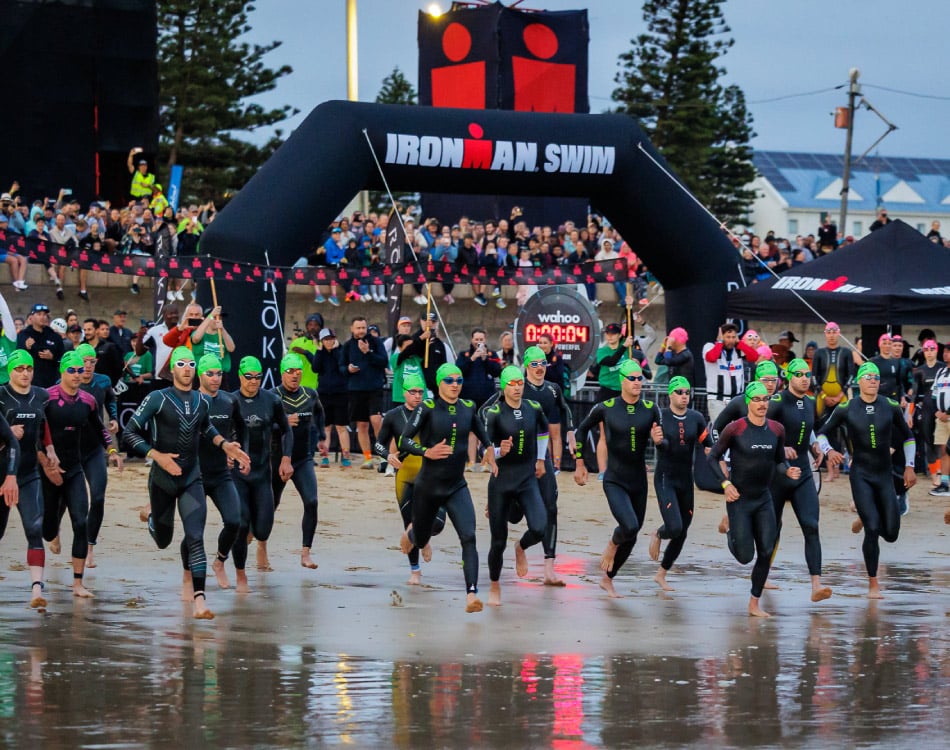
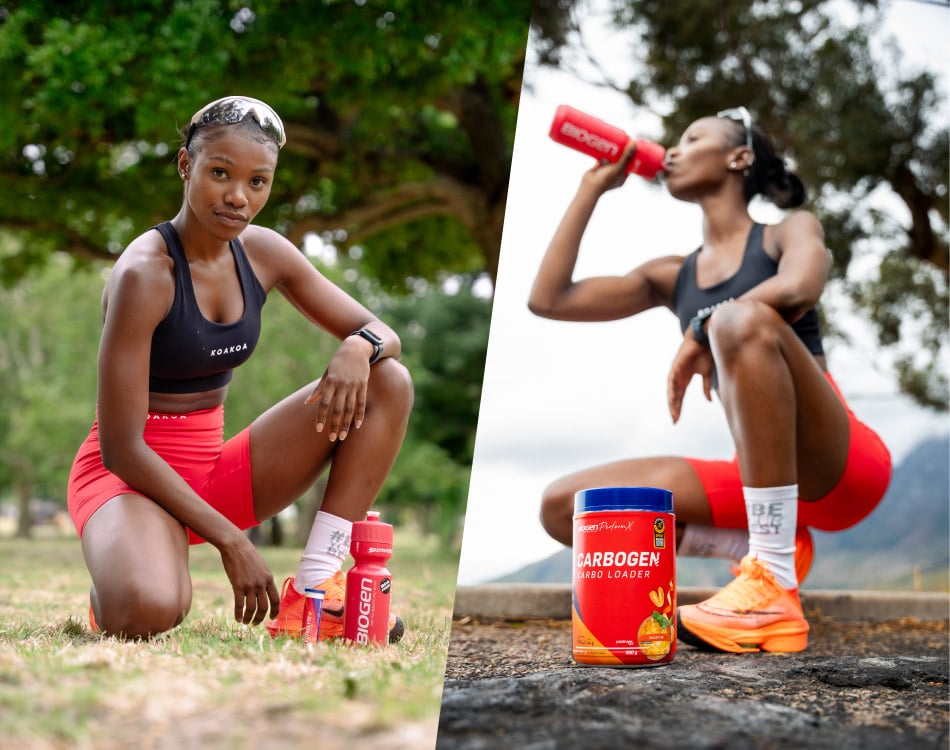
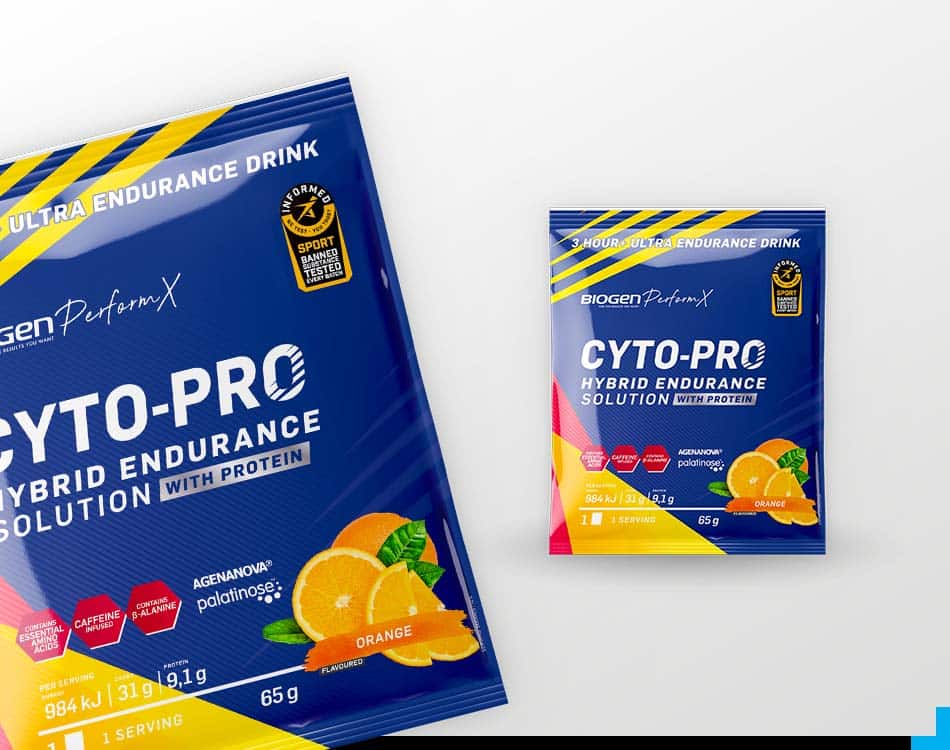
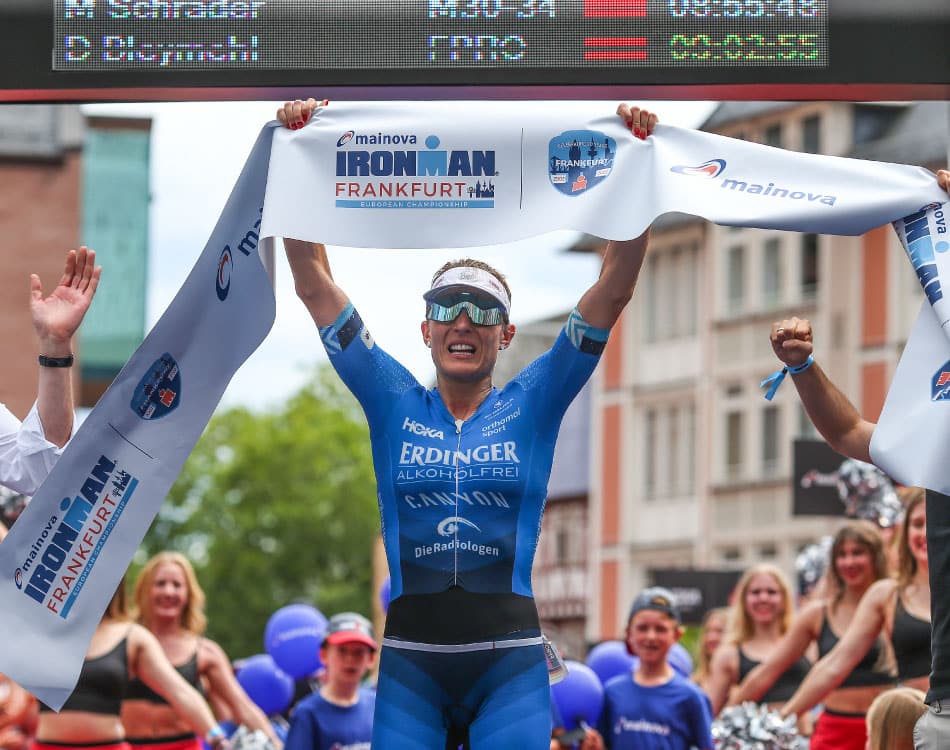





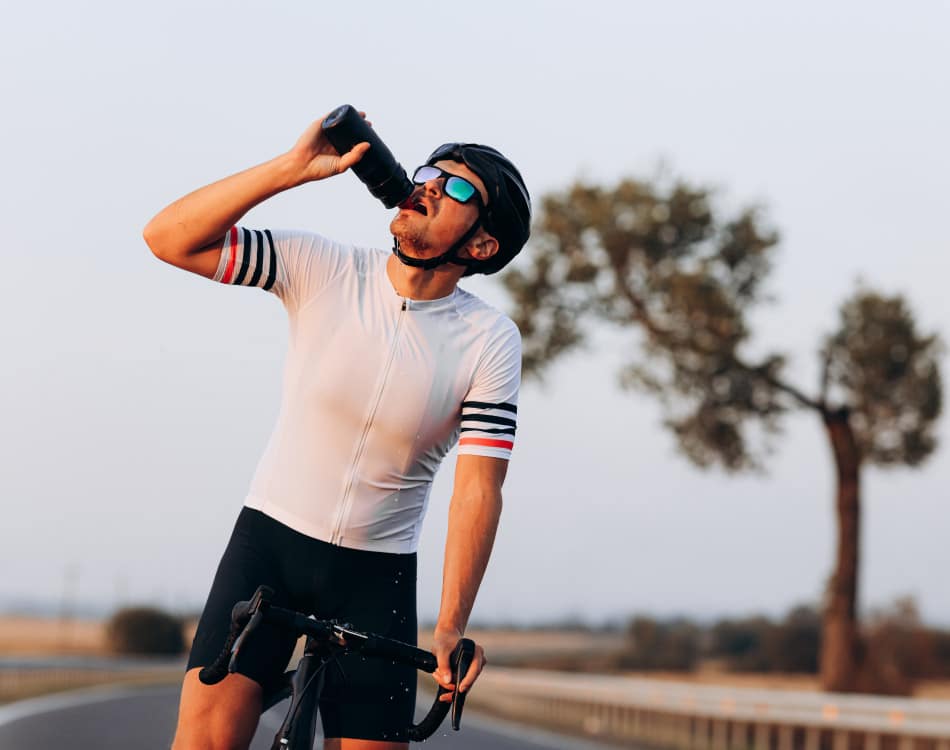

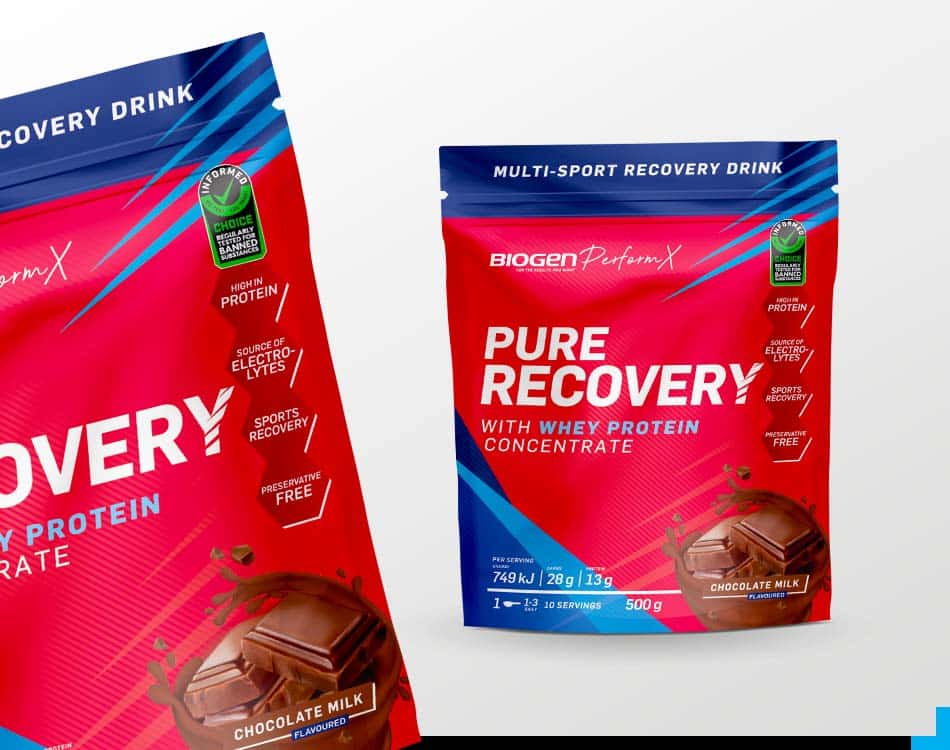



Leave A Comment